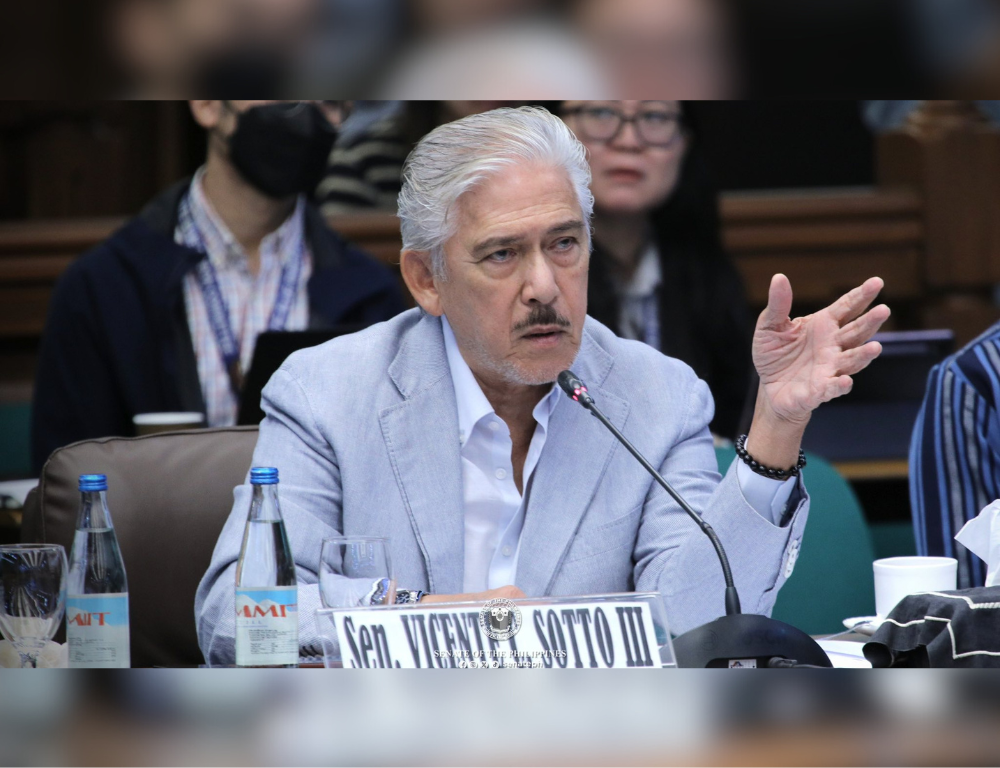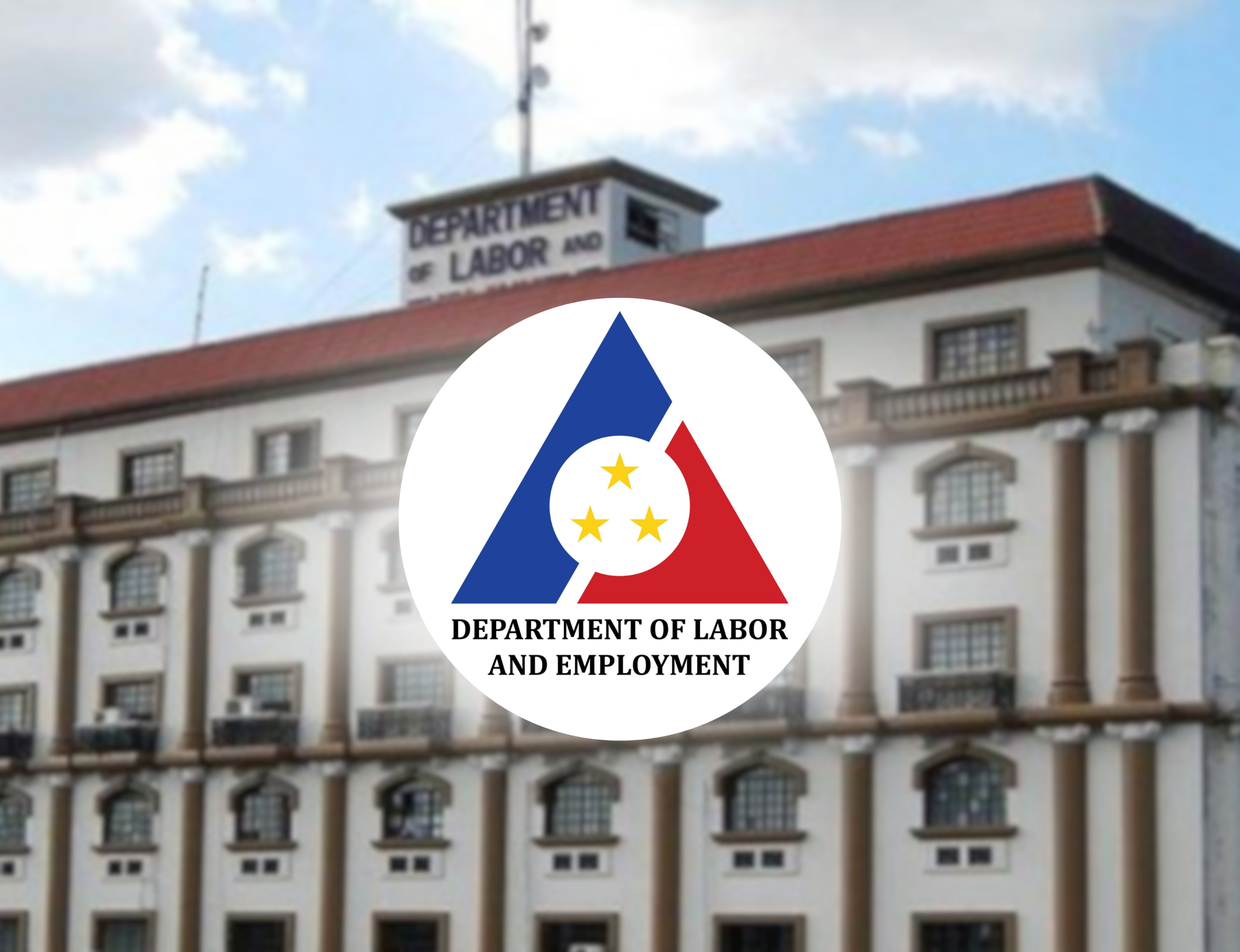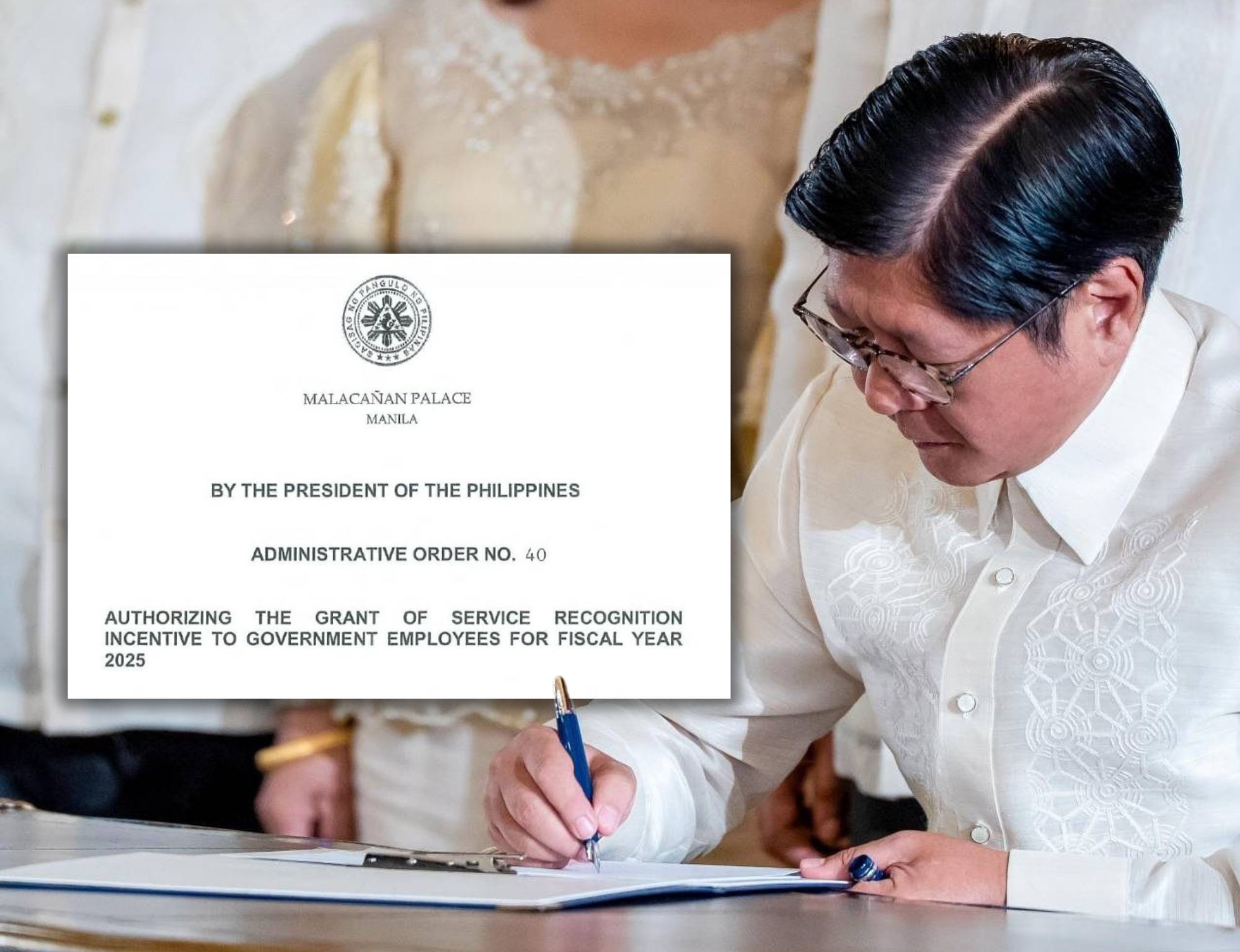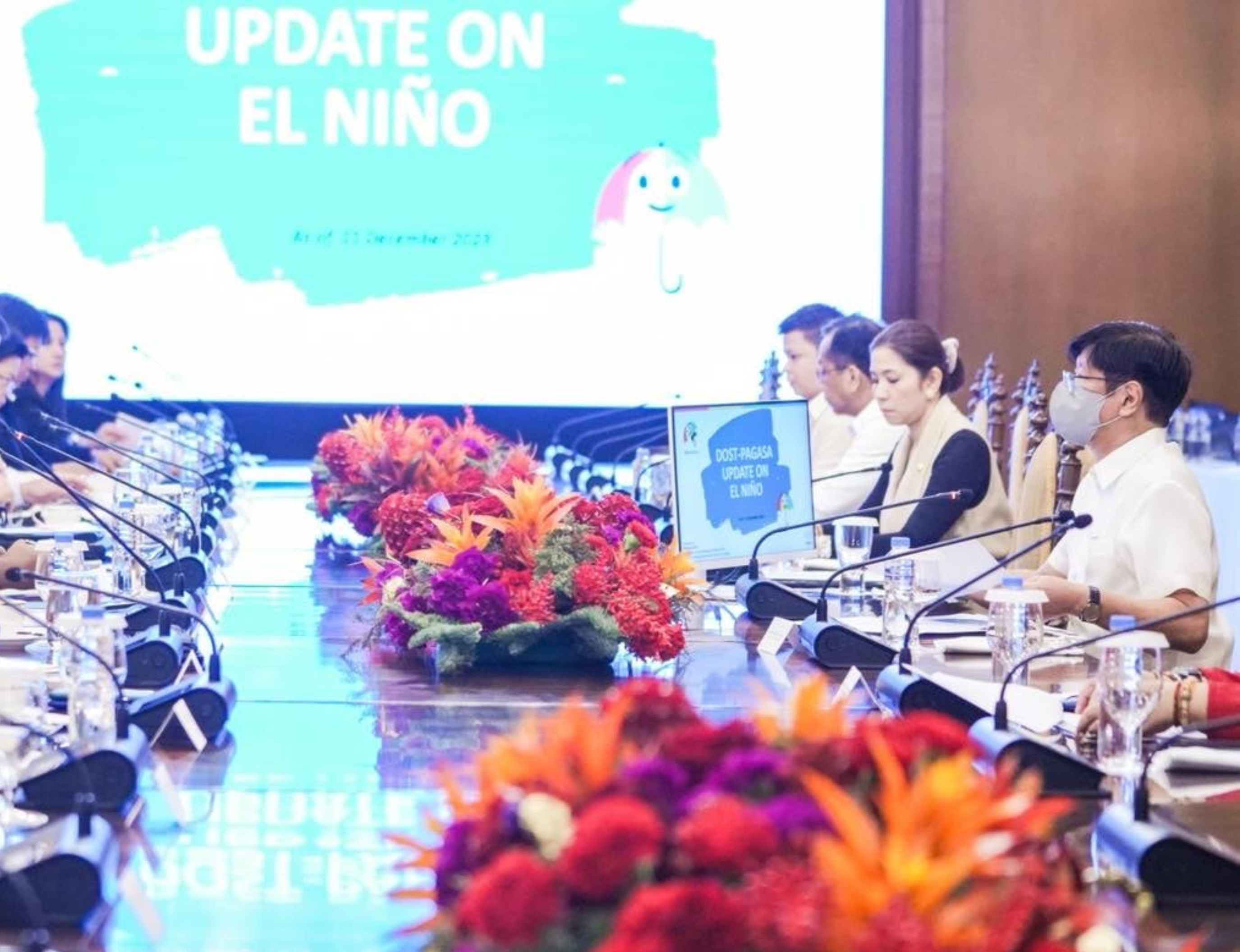
For Agriculture Secretary Francisco Tiu Laurel Jr., the year 2024 has been a “perfect storm” for the agriculture sector which took the brunt of the impact of several natural calamities that consecutively hit the country.
In the latter part of the year, the country was battered by several storms in a span of less than a month–from Kristine, Leon, Marce, Nika, Ofel, to Pepito–which caused massive devastation in the sector that affected millions of farmers and fishers in the country.
Several agricultural lands were impacted by flooding and millions of pesos-worth of crops were destroyed.
But the successive typhoons were not the only problem that the agriculture sector faced.
In July 2023, the Philippine Atmospheric, Geophysical and Astronomical Services Administration (Pagasa) declared the onset of the El Niño phenomenon, which, according to the state weather bureau, is characterized by the unusually warmer than average sea surface temperatures in the central and eastern equatorial Pacific.
According to Pagasa, the phenomenon increases the likelihood of below-normal rainfall conditions, which could bring dry spells and droughts in some areas while also increasing the chance of above-normal rainfall conditions during the Habagat season, which could cause flooding, in the western part of the country.
“This year was full of challenges, from the El Niño, La Niña and the devastation of various pests. This year was a perfect storm for the agriculture sector,” Secretary Tiu Laurel said in his Christmas message.
Preparations from the government were in place to mitigate the impact of the phenomenon such as the reactivation and reconstitution of the Task Force El Niño, which aims to increase the resilience of communities and secure sufficient water supply, food security and public health and safety following the El Niño National Action Plan.
Under the 2023 El Niño Mitigation and Adaptation Plan, the Department of Agriculture (DA) was tasked to set in motion strategies that aim to lessen the impact of the El Niño
phenomenon on the agriculture and fishery industries and restore productivity in affected areas.
Despite this, like any other natural calamity, humans have no power over nature and the devastation it leaves on people cannot be downplayed.
After Pagasa declared the end of the El Niño phenomenon in June 2024, the DA reported that the total damage to agriculture reached P15.3 billion. A total of 333,195 farmers and fishers were affected in 15 regions nationwide.
Based on the final bulletin of the DA-Disaster Risk Reduction and Management Operations Center, a total of 784,344 metric tons of crops were damaged, recorded in 270,855 hectares of agricultural land.
The corn industry reported the highest damage at P5.94 billion, followed by rice at P5.93 billion; high-value crops at P3.27 billion; and cassava at P55.63 million.
The agricultural damage due to the El Niño phenomenon was reported nationwide, with reports coming from the Cordillera and Ilocos Regions, Cagayan Valley, Central Luzon, Calabarzon, Mimaropa, Bicol Region, Western Visayas, Central Visayas, Eastern Visayas, Zamboanga Peninsula, Central Mindanao, Davao Region, Soccsksargen and Caraga.
In the fisheries sector, the DA-DRRM also reported P52.44 million worth of losses, affecting 2,679 fishers while P37.97 million worth of damage were reported in the livestock and poultry industry, and another P9.8 million in the coconut sector.
Assistance to farmers, fisherfolk affected
Several government interventions were in place to assist farmers and fisherfolk who were affected by the El Niño phenomenon.
For the part of the DA, it has provided interventions worth at least P14.54 billion to affected farmers and fisherfolk as of August 2024.
The agriculture department has distributed P8.59 billion worth of financial aid to more than 1.4 million farmers in the country under the Rice Farmers Financial Assistance (RFFA) program.
Under the RFFA, the government identified about 2.3 million small rice farmer beneficiaries who are registered in the Registry System for Basic Sectors in Agriculture as of June 30, 2023.
Each beneficiary–which included those in farm cooperatives associations, irrigators associations, agrarian reform beneficiaries organizations, small water impounding systems associations, and other farm groups–received P5,000 in financial assistance, which was sourced through the excess tariff collection from rice importations in 2022.
“[This would] help them cope with the increasing cost of production and sustain their productivity even in the face of challenges like the El Niño phenomenon],” President Bongbong Marcos Jr. said when he ordered the release of P12.7 billion funds for the RFFA.
Aside from financial assistance under the RFFA, the agriculture department has also provided P4.72 billion worth of production support and financial assistance to farmers, fishers, and farmers cooperatives and associations on top of agricultural inputs amounting to P659.17 million.
The DA has also indemnified more than 56,000 farmers through the Philippine Crop Insurance Corporation, amounting to P452.56 million while over 6,000 native animals worth P18.08 million were distributed to 604 farmers nationwide.
Around PHP99.38 million worth of Survival and Recovery (SURE) aid loan was also given through the Agricultural Credit Policy Council.
The agriculture department’s SURE Program aims to help farmers and fisherfolk in calamity affected areas, particularly areas under state of calamity, through a loan and grant assistance package at zero percent interest.
The program aims to help farmers and fisherfolk cushion the impact of a disaster.
Aside from the programs of the DA and other government agencies, President Marcos also led the distribution of financial assistance to farmers and fisherfolk nationwide through the Presidential Assistance to Farmers, Fisherfolk, and Families (PAFFF).
The PAFFF program aims to mitigate the impact of the prolonged dry spell caused by El Niño and provide relief to farmers and fishers whose livelihoods were severely affected by the phenomenon through the provision of financial assistance amounting to P10,000 for every beneficiary.
From May 9 to June 5 last year, the President distributed P906 million in assistance to more than 90,000 beneficiaries in Cagayan Valley, Bicol Region, Zamboanga Peninsula, Northern Mindanao, Davao Region, Soccsksargen, and the Bangsamoro Autonomous Region in Muslim Mindanao.
“Narito kami para bigyan ng bagong pag-asa at bagong simula ang mga bayani ng sektor ng agrikultura. Alam natin na matindi ang naging epekto ng El Niño sa mga kabuhayan ninyong lahat at ang pagkatuyo naman ng lupain, at ang kakulangan sa tubig ay nagdulot ng malaking hamon hindi lamang sa mga pananim kundi pati na rin sa palaisdaan,” President Marcos said in a ceremonial distribution of assistance in Pangasinan.
“Ngunit sa kabila ng mga pagsubok na ito ay patuloy kayong nagsumikap at nag-alay ng inyong sarili upang masiguro na may pagkain ang bawat pamilyang Pilipino,” the President added.
Among the beneficiaries of the government interventions was Dionisio Badua, a corn farmer from Ilocos Norte, who said his hybrid corn seedlings were put to waste during the previous cropping season.
According to Badua, he would use the assistance to buy new seeds.
“This is a big help for us to start planting again. Thank you to our President Marcos for giving us this much-needed assistance,” Badua said in Filipino.
Another beneficiary Randy Mabini Lorica, a rice farmer from Albay, said he would use the assistance he received to buy farm inputs for his rice field.
“The money provided by the President is a great help for me to get started. My crops were damaged, there is something I need to buy again. I will also use it to buy something for my family,” Lorica said in Filipino.
Fisherfolk from various parts of the country also received financial support from the government, including Joben Maglinte who said his fishpond devoted to the production of catfish was affected by the drought brought by El Nino.
“The assistance will help me rebuild my fishpond, as some of the funds are enough to buy around 1,000 catfish fingerlings,” he said.
President Marcos assured Filipinos that the government is ready to provide assistance, whether in times of drought or the typhoon season.
“Narito po ang inyong pamahalaan sa lahat ng oras. Sa panahon ng tagtuyot at paparating na tag-ulan, handa po kaming umagapay sa inyong lahat,” President Marcos said.
Preparation for what’s next
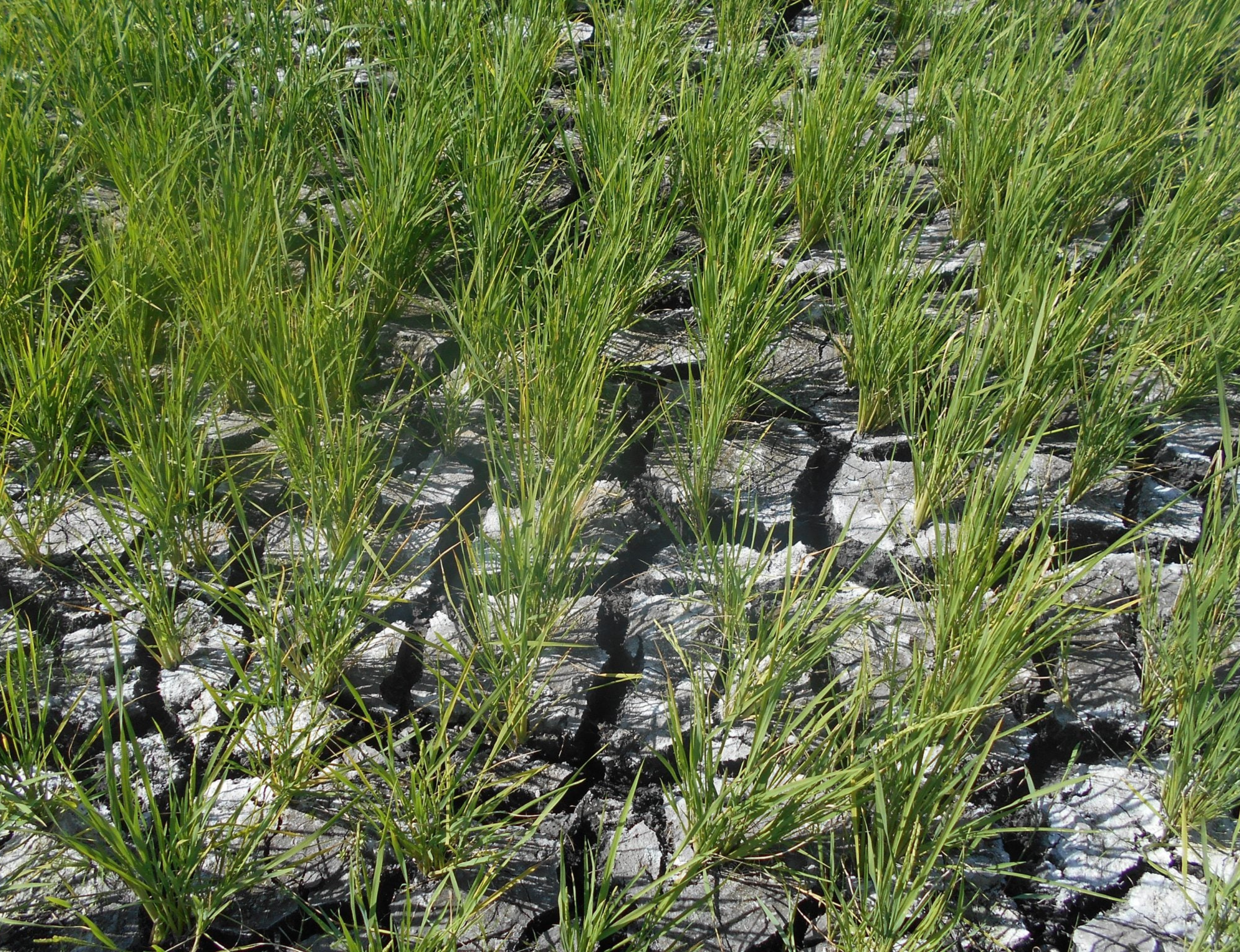
The Marcos government is implementing measures to cushion the impact of the El Niño phenomenon.
Currently, the Task Force El Niño–which is composed of several government agencies–is responsible for implementing programs to ensure the country’s readiness to fight the effects of the El Niño phenomenon and cushion its eventual impact to Filipinos.
In 2023, a National Action Plan Framework, which contains key priority interventions to be implemented by concerned government agencies, was also crafted. It focuses on five key sectors—water supply, agriculture, electricity, health, and public safety.
The DA, which leads the food security cluster of the task force, is tasked to undertake early preparedness measures such as seed buffer stocking for rice, corn, and high value crops, as well as provision of short cycle and drought tolerant crops, and prepositioning of other inputs such as fertilizer and soil ameliorants.
The agriculture department is also ordered to implement programs on the improvement of irrigation canals and other small scale irrigation projects, including water saving technologies such as Alternate Wetting and Drying which uses a controlled irrigation strategy.
Programs are also in place to help the livestock and poultry as well as the fishery sector.
President Marcos himself has ordered government agencies to continuously monitor and update the Strategic El Niño National Action Plan, which contains the government’s short and long-term solutions and programs in response to the climatic phenomenon.
He has also ordered concerned agencies to coordinate to expedite the completion of all ongoing water infrastructure projects intended to cushion or mitigate the impacts of the dry spell.
According to President Marcos, supporting farmers and fisherfolk are essential to boost local food production, in line with his goal of achieving food security for the country.
”Lokal na produksyon pa rin ang ating bibigyan ng halaga. Kaya patuloy nating sinusuportahan ang sektor ng agrikultura upang mapabilis, mapadali at mapalakas ang produksyon,” President Marcos said in his State of the Nation Address.
“I know our work will not end. We will face many challenges but I believe that we will overcome all of these, especially with our aim to harvest enough supply and bring food to the table of every Filipino family,” Secretary Tiu Laurel said.






